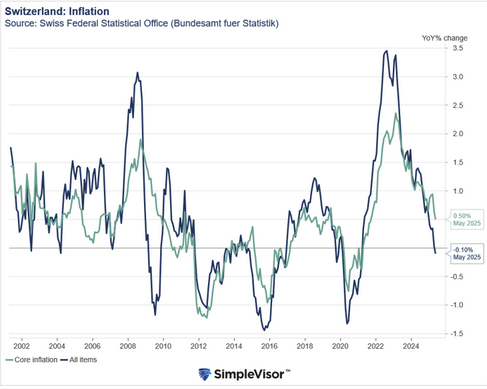
A group of entrepreneurs in French-speaking Switzerland have each filed dozens of bankruptcies in the space of just a few years. But they were not down to bad luck. An investigation by Swiss public television, RTS, reveals they were part of a fraud scam.
With around 40 bankruptcies in eight years, you might assume that Benoît* is an ambitious but unsuccessful entrepreneur. He has managed various kinds of companies, and in different sectors, such as construction, painting, plastering, car repairs and transport.
But the man from canton Valais never actually worked in these companies. Instead, he acted as a front man, allowing the real directors to conceal their bankruptcies.
RTS analysed nearly 50,000 company liquidations in Switzerland since 2016. The investigation found that around 40 individuals were responsible for 10-50 insolvencies each over an eight-year period, collectively accounting for a total of 700 bankruptcies.
Hundreds of suspected cases
Filing for bankruptcy is not illegal. But when multiple insolvencies occur in a short period, suspicions arise.
“It is clearly an indicator of fraud. However, we cannot immediately identify a fraudulent bankruptcy,” says Nicolas Cruchet, a public prosecutor from canton Vaud who has dealt with several similar cases. The growing number of reported cases has made the scams much more evident.
Bankruptcy fraudsters like Benoît* are probably just the tip of the iceberg. According to RTS, over 170 people are responsible for at least five insolvencies within eight years.
A common fraud pattern
The scam often follows the same pattern. First, a struggling business owner sells their failing company to a front man, who is officially registered as the managing director. This individual then moves the company’s head office to hide its trail, allowing debts to accumulate before abandoning the firm altogether. Within months, it is liquidated.
The original owner walks away debt-free and unscathed, maintaining their reputation while launching a new company to continue business as usual. Meanwhile, the front person – who formally inherits the company’s debts – receives a small payment, often just a few thousand Swiss francs.
This arrangement works because the front man typically has no assets and no means to repay the debts. The role is often filled by people with little to lose, such as individuals already in financial difficulty.

A pensioner with mountains of debt
RTS tracked down Benoît*, a retired mechanic, who likes to show off his glamorous lifestyle on social media, where he posts photos of himself wearing suits, alongside luxury cars, also on holiday at the beach. In reality, the 78-year-old from canton Valais lives in a modest studio flat and is now CHF500,000 ($550,097) in debt.
RTS attempted to contact him, but to no avail. What is clear, however, is that he is just one individual within much larger fraud network involving multiple accomplices, who leave many victims in their wake.
The victims: employees and the state
These fraudulent companies often underpay their workers, allowing them to offer lower prices than legitimate competitors. Before eventually declaring bankruptcy and offloading the business to a front man, they typically accumulate significant tax and social security debts.
By the time a business collapses, employees frequently go unpaid. In such cases, Switzerland’s unemployment insurance scheme has to step in to cover lost wages. This means that, beyond the workers themselves, the main victim of these fraudulent schemes is often the state – and ultimately the taxpayer.
(*Name has been changed)
Translated from German using DeepL/amva/sb
Full story here Are you the author? Previous post See more for Next postTags: Featured,newsletter





































